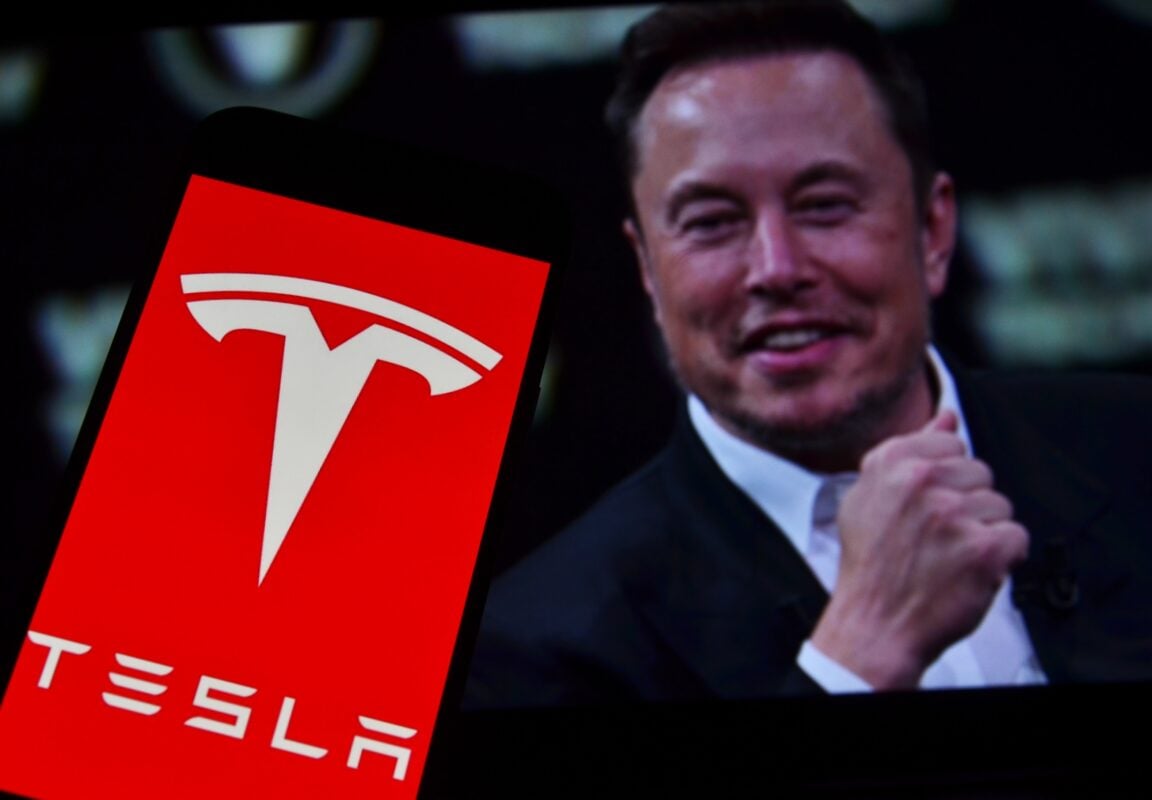TLDRs;
Contents
- Tesla has completed its first fully driverless delivery of a Model Y, arriving ahead of schedule.
- The achievement reflects over a decade of development in Tesla’s Full Self-Driving software.
- Autonomy is central to Tesla’s long-term strategy and trillion-dollar valuation.
- Tesla faces growing competition from Waymo, Chinese automakers, and well-funded startups.
Tesla has delivered a Model Y without a human behind the wheel for the first time, signaling a major breakthrough in its long-standing pursuit of full vehicle autonomy.
The milestone, announced by CEO Elon Musk, involved a completely driverless Model Y traveling from Tesla’s factory to a customer’s residence in the same town. While Tesla did not specify the exact location or the proprietary tech used, the event marks the culmination of over a decade of iterative development and ambition.
Model Marks a New Chapter for Tesla
The delivery reportedly arrived ahead of schedule, reflecting not just the operational capability of Tesla’s Full Self-Driving (FSD) software but also its growing reliability.
Musk’s confirmation of the feat comes at a time when the electric vehicle giant is under increasing pressure to differentiate itself in a fiercely competitive autonomous driving landscape. While rivals like Waymo have taken a lidar-heavy approach, Tesla has stayed the course with its camera-based “vision-only” system, a decision both lauded and criticized over the years.
Years of setbacks, including a controversial split with Mobileye in 2016 and safety-related scrutiny following several high-profile crashes, have slowed Tesla’s path to autonomy. Still, the company has consistently upgraded its software, shipped vehicles equipped with full self-driving hardware since 2016, and steadily refined its approach. What began as Autopilot a decade ago has now evolved into a system capable of independent navigation in real-world environments, at least in this controlled instance.
Years of Iteration Culminate in Self-Driving Breakthrough
The success of this delivery has implications beyond mere convenience. For Tesla, full autonomy is more than a technical goal, it is core to its business future.
The company’s nearly $1.1 trillion market cap is largely tied to its vision of a robotaxi fleet and its promise of software-driven revenue streams. In an industry projected by McKinsey to be worth $400 billion by 2035 through autonomous technologies alone, this milestone gives Tesla more than a PR win. It validates the feasibility of its strategic bet.
Tesla’s autonomous technology is also viewed as essential to offsetting margin pressure in its core automotive business. By leveraging full self-driving software for logistics, deliveries, and eventually passenger services, Tesla hopes to reduce costs and create new revenue models. The delivery of a driverless Model Y signals not only a technological leap but also a roadmap toward that broader vision.
Rising Competition in the Driverless Vehicle Race
However, Tesla is not alone in this race. Waymo, for instance, has already deployed driverless taxis in U.S. cities and has logged over 20 million miles in real-world conditions. Chinese automakers are also expanding aggressively, with global electric vehicle sales rising sharply.
Meanwhile, autonomous startups such as Wayve and Applied Intuition continue to secure massive funding, intensifying the race toward market-ready driverless solutions.
Despite this, Tesla’s driverless Model Y delivery stands out due to its symbolic and strategic importance. Unlike competitors that rely on specialized mapping and limited service zones, Tesla is pushing for a generalized solution that works across diverse road networks. The company’s ability to accomplish an autonomous delivery using just its internal tech stack suggests growing maturity in its approach and hints at the near-future potential of broader autonomous applications, including last-mile logistics and robo-deliveries.


